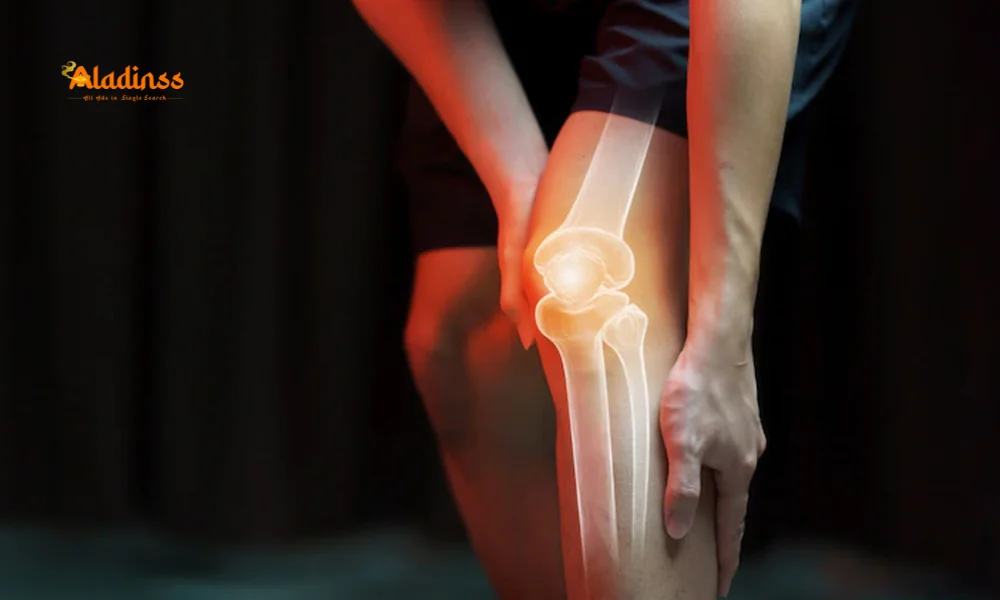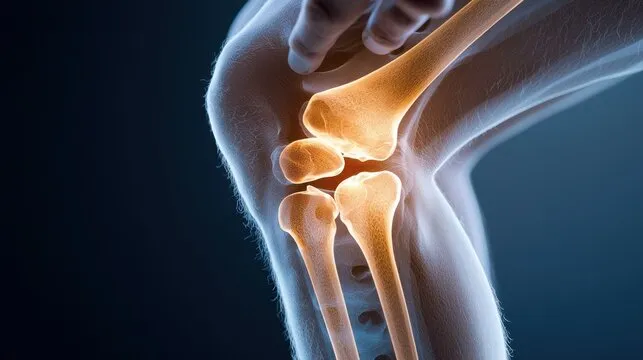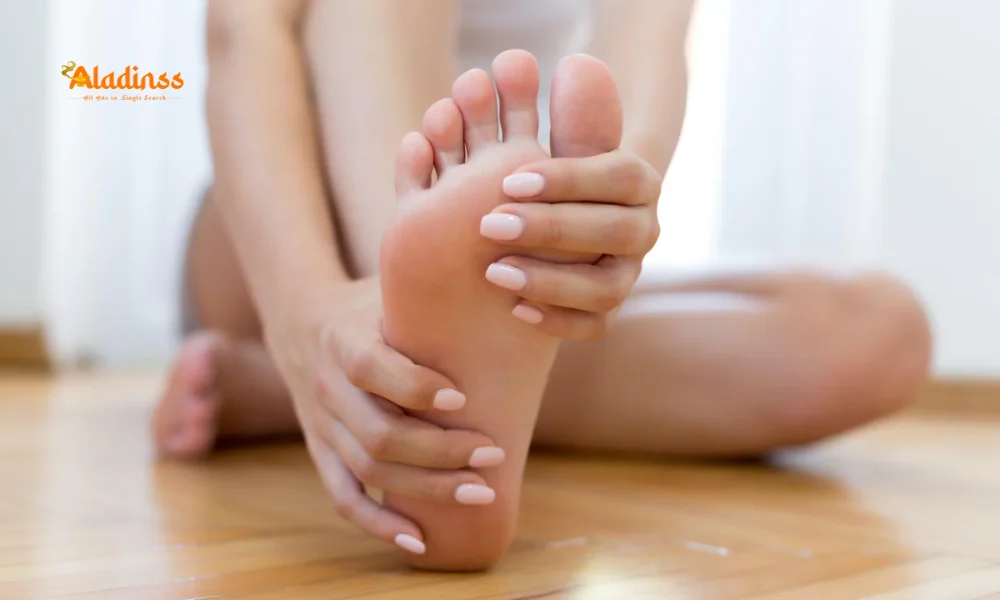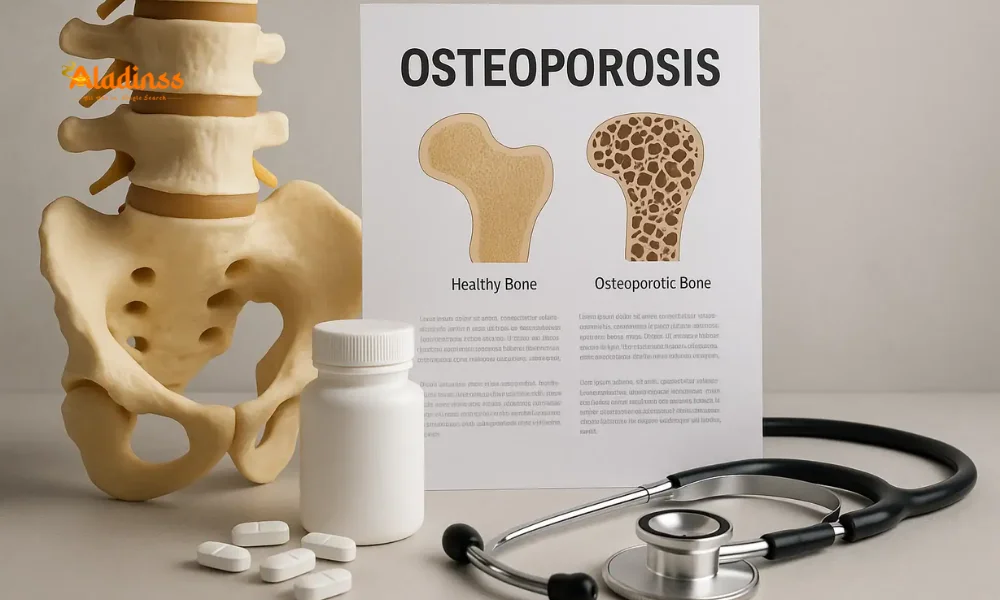Daily Habits for Lifelong Joint Health

Your Joints, Your Future: Daily Habits for Lifelong Mobility
Joints quietly power every twist, turn, and stride in our daily lives, yet joint health often takes a backseat until discomfort creeps in. Building daily habits for joint health can safeguard your mobility well into later years, preventing issues like stiffness or arthritis. Orthopaedic specialists stress that proactive steps-think consistent movement and smart nutrition-can maintain flexibility and strength, ensuring joints remain reliable allies rather than sources of limitation.
As we age, the wear on knees, hips, and shoulders accumulates, but simple routines targeting bone health and joint flexibility can offset this. Incorporating mobility exercises into your schedule isn't about intense workouts; it's about gentle, sustainable actions that lubricate cartilage and bolster supporting muscles, fostering long-term independence.
Starting today with posture awareness and anti-inflammatory foods sets the stage for effortless movement tomorrow. This approach not only eases current aches but invests in a future free from restrictive pain.

Movement as Medicine: Keeping Joints Flexible and Strong
The cornerstone of joint health lies in regular motion, which acts like a natural lubricant for cartilage and synovial fluid. Low-impact activities such as brisk walking for 30 minutes daily enhance blood flow, delivering oxygen and nutrients to joint tissues while flushing out waste products that cause inflammation. Swimming stands out for its buoyancy, reducing gravitational stress on weight-bearing joints like hips and knees, making it ideal for all ages.
Cycling, whether on a stationary bike or outdoors, builds endurance without jarring impacts, promoting joint flexibility through smooth pedaling motions. Yoga sequences focusing on gentle stretches, like cat-cow poses, improve range of motion and core stability, which indirectly supports spinal joints. Consistency matters more than intensity; even desk-bound professionals can benefit from hourly micro-breaks involving shoulder rolls or ankle circles to counteract sedentary stiffness.
Research from leading health organizations shows that adults engaging in moderate movement five days a week experience 20-30% less joint degeneration over a decade. This isn't reserved for the young; adapting routines for seniors, such as chair-based tai chi, ensures accessibility while yielding similar gains in balance and agility.
Weight Management: Easing the Load on Your Joints
Excess weight amplifies force on joints-each additional pound adds up to four pounds of pressure during walking, accelerating wear on knees and hips. Prioritizing weight management through balanced calorie intake and portion control directly alleviates this burden, preserving cartilage integrity and delaying arthritis onset. Incorporating fiber-rich foods like oats and legumes not only aids satiety but stabilizes blood sugar, curbing inflammation linked to obesity.
Tracking progress with simple metrics, such as waist circumference rather than scale numbers, provides motivation without obsession. Combining this with movement creates a synergy: lighter loads make exercises easier, encouraging adherence. For those with metabolic challenges, consulting a nutritionist for personalized plans ensures sustainable results, turning weight loss into a joint-friendly ally.
- Opt for grilled proteins over fried to cut calories without sacrificing flavor.
- Swap sugary drinks for infused water to hydrate while managing intake.
- Aim for gradual loss of 0.5-1 kg weekly to protect muscle mass around joints.
Over time, shedding even 5-10% of body weight can slash knee pain by half, underscoring how this habit transforms daily comfort.
Posture Perfection: Protecting Spine and Shoulder Joints
Slumping over screens or carrying heavy bags asymmetrically misaligns the spine, straining neck and shoulder joints while compressing lower back discs. Cultivating good posture-aligning ears over shoulders, shoulders over hips-distributes weight evenly, minimizing undue stress. Ergonomic setups, like adjustable desks and lumbar supports, make this effortless in office environments.
Daily reminders, such as setting phone alerts for posture checks, build awareness. Strengthening the upper back with rows or wall slides counters forward hunch, enhancing shoulder mobility. For parents or caregivers, teaching proper lifting techniques-bending at knees, not waist-prevents acute joint tweaks that linger.
Improved posture not only averts pain but boosts lung capacity and confidence, creating a virtuous cycle of better movement and joint health.
Nutrition Essentials: Fueling Joints from Within
A diet rich in anti-inflammatory omega-3s from salmon, chia seeds, and almonds combats joint swelling, while vitamin C-packed citrus and bell peppers aid collagen synthesis for resilient cartilage. Calcium sources like yogurt and kale, paired with vitamin D from sunlight or fortified milks, fortify bones, reducing fracture risks in mobile lifestyles.
Hydration is underrated yet vital; aim for 8-10 glasses daily to plump cartilage, preventing the creaky friction of dehydration. Turmeric's curcumin, enhanced with black pepper, offers natural relief for mild arthritis, backed by studies showing reduced markers of inflammation.
- Berries: Antioxidant powerhouses shielding joints from free radical damage.
- Leafy greens: Magnesium for muscle relaxation around joints.
- Nuts: Healthy fats supporting synovial fluid production.
Meal prepping these elements ensures consistency, turning nutrition into a seamless joint health booster.
Tuning In: Early Signs and Responsive Care
Subtle cues like morning stiffness lasting over 30 minutes or swelling after activity signal brewing issues, warranting rest, ice, and professional input. Ignoring these can escalate to chronic conditions, but prompt physiotherapy restores function through targeted stretches and modalities like ultrasound.
Journaling symptoms tracks patterns, empowering informed discussions with specialists. For persistent cases, minimally invasive options like injections precede surgeries, preserving natural joint structure.
This vigilance turns potential setbacks into manageable blips, maintaining momentum in your mobility journey.
Strength Building: Safe Ways to Stabilize Joints
Resistance bands or bodyweight squats target quads and glutes, cushioning knee joints during impacts. Core planks enhance pelvic stability, alleviating hip strain in everyday tasks like climbing stairs.
Progress slowly, starting with 2-3 sessions weekly, to avoid overload. Pairing with warm-ups like dynamic arm swings preps tendons, optimizing gains while minimizing injury risks.
- Bridges: For glute activation supporting lower back joints.
- Seated leg lifts: Low-risk hip strengtheners.
- Wrist curls: Essential for hand and elbow resilience.
These builds create a muscular scaffold, extending joint lifespan through enhanced shock absorption.
Sustaining Mobility: A Holistic Long-Term Plan
Integrate habits via apps tracking steps and reminders for stretches, fostering accountability. Seasonal adjustments, like indoor pilates during winters, keep routines vibrant. Community classes add social motivation, blending fun with functional training.
Annual check-ups monitor progress, tweaking plans as needs evolve. Mindfulness practices reduce stress-induced tension, complementing physical efforts for comprehensive care.
Ultimately, these daily investments compound, crafting a narrative of graceful aging where joints enable adventure, not hinder it.
Embracing joint health as a lifelong priority empowers vibrant living, from chasing grandkids to exploring trails. Small choices today echo loudly in tomorrow's freedom.
Comment / Reply From
No comments yet. Be the first to comment!






